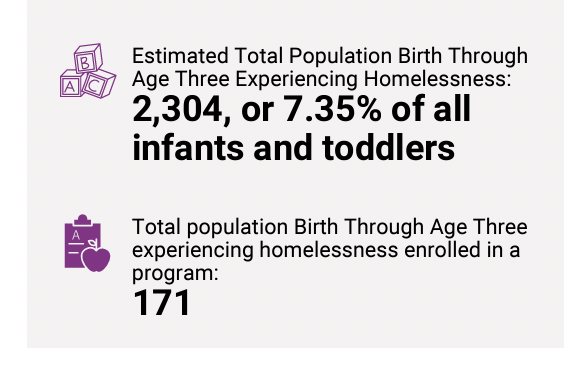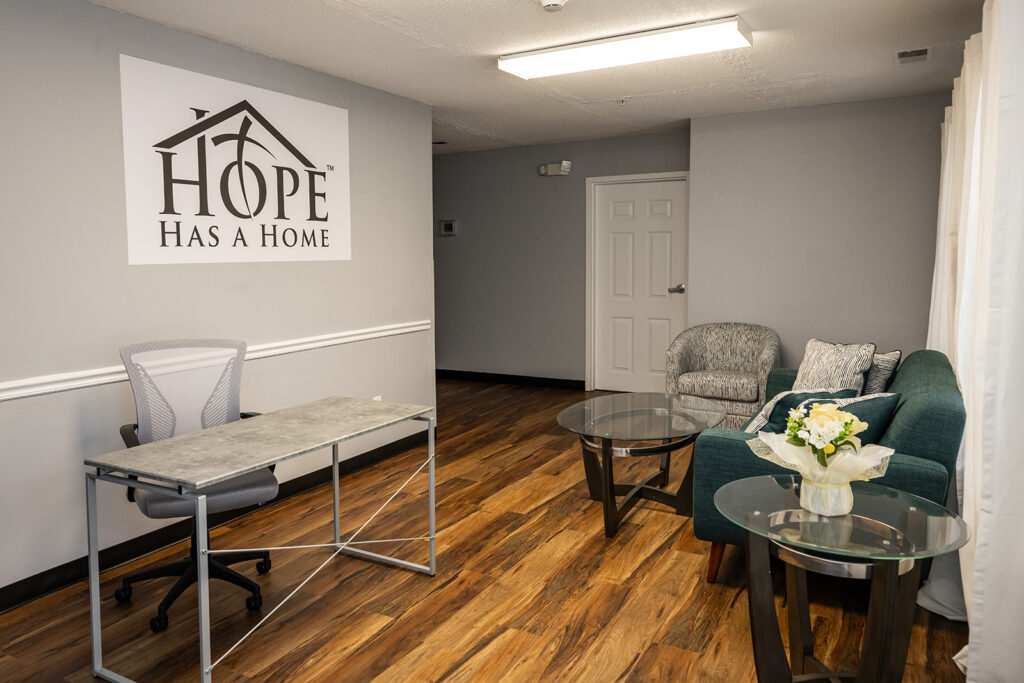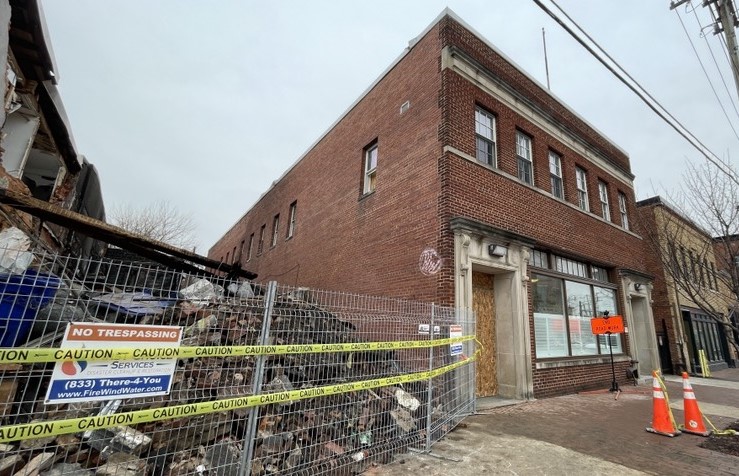Street Sense hosted a Child Homelessness forum to shed light on child and youth homelessness in D.C. on Wednesday, September 16 at The Church of the Epiphany. Kavitha Cardoza, Special Correspondent for WAMU, moderated the event, which featured four expert panelists. The panelists spoke about personal homeless experiences, causes and effects of homelessness, and solutions.
[Disclosure: Street Sense Media rents office space from the Church of the Epiphany]
Brian Carome, Executive Director for Street Sense, opened the event by discussing “how far we haven’t come with dealing with homelessness.” Carome moved to Washington, D.C. after he finished college. It was the 90s and shelters were “hell holes.” While “we, unfortunately, haven’t come that far in the last 30 years,” Carome said, “we are beginning to learn the lessons.”
Councilmember Elissa Silverman addressed the crowd and was passionate as she discussed the implications of child homelessness, including higher chances of chronic sickness, traumatic experiences, depression, anxiety, and hunger. She also discussed that because homeless children move more frequently, they are switching schools more frequently, and thus have less opportunity.
“We have a responsibility as public officials and residents of the District,” Silverman said, urging the crowd to testify at local hearings. “We owe [the children] more.”
It was then time for the panel. Executive Director and co-founder of the Homeless Children’s Playtime Project Jamila Larson shared a powerful story about her experience touring a shelter by Union Station 20 years ago. Larson was working for the Children’s Defense Fund and as she walked through the shelter, She noticed there was nothing for children to play with. When she asked the shelter worker about this, the response was that people do donate toys, but toys are kept hidden so children don’t make a mess. This moment made it clear to Larson, “We need to donate ourselves.”
Larson discussed the lack of child-friendly areas in shelters – they are not designed with children in mind. One small example is that children cannot reach the bathroom sinks. She discussed some startling national statistics, including that 25 percent of homeless preschool-age and 40 percent of elementary school-age homeless children suffer from mental health issues. There is also a direct correlation between homelessness and suicide.
“Children are the hidden homeless,” Larson said.
Elementary school counselor Christie Jones followed Larson. Jones recently wrote a children’s book about a boy named Max who lives in a shelter and attends his local elementary school. The book discusses Max’s emotions and coping structure, as well as various types of homelessness.
“When the economy took a turn, we found ourselves with an influx of homeless students,” Jones said. “I looked around for a source to help those students and there was none. So I made my own.”
Jones shares the book with homeless children in her school so they can understand they are not alone, and understand the emotions they are feeling.
Jones also discussed that there is no way to identify a homeless child. “We don’t see homeless children in school. We find out because someone spills the beans.” One determining factor can be depression, but “not every child depressed is homeless.” Behavior issues can be a determining factor, but “kids are good at covering things up.”
“Education has the power to break homelessness cycles,” Federal Liaison for the National Center for Homeless Education (NCHE) Christina Dukes said.
According to the U.S. Department of Education, child or youth homelessness “means individuals who lack a fixed, regular, and adequate nighttime residence.” This includes sharing the housing of other persons, living in motels or camping grounds, living in shelters, being abandoned in a hospital or awaiting foster care placement. It also encompasses a primary nighttime residence that is not ordinarily used as sleeping accommodation for human beings, such as cars, parks, public spaces, abandoned buildings, substandard housing, bus and train stations.
Housing and Urban Development (HUD) has a narrower, more complex definition, Dukes said. Because these two definitions differ so dramatically, organizations are unable to agree on issues relating to “homeless” children and youth.
Writer/journalist Joshunda Sanders shared her personal experiences growing up homeless in the Bronx in the 1980s and 90s. When Sanders was 6, her mother moved her family from Philadelphia to a shelter in New York City. It was 1984 and her mother was living with an undiagnosed bi-polar disorder.
“It was hard being a little kid who doesn’t have a place to shower like the other kids,” Sanders said. Teachers noticed her situation and would leave her bags of clothes in the classroom closet. Sanders would also save her bus money in order to have some money to eat. This meant walking long hours alone through the crack-ridden Bronx in the 80s. “I didn’t care. It was ride the bus or eat. I wanted to eat.”
“School is important [for a homeless child] because it’s a place of normalcy,” Sanders said.
Sanders was a bright student. When a classmate in middle school told the principal that Sanders was homeless, the principal came to her with an application for boarding school. For high school Sanders moved to upstate New York on scholarship, and later attended Vassar College.
Sanders discussed her mental struggles to believe she could “achieve beyond a certain point” in life because she never heard success stories about people in her situation. She now makes it a point to share her story so that other children in her situation know their potential.
The panel discussed ways the community can help fight homelessness in Washington, D.C. By law, every school district has a liaison that oversees the rights of homeless children, Dukes said. She recommended people getting in touch with their local liaison to find out what their district needs. This may be uniforms, snacks, or mentors.
Jones discussed advocating for a living wage and affordable housing. “It doesn’t have to be glamorous. It just has to be safe,” Jones said. She made the point that running water is a basic human right. “Advocate for those who are not in a position to advocate for themselves. Children don’t have that voice yet, but we do.”
Sanders discussed people extending the compassion they have for the children to the parents, and to recognize success stories of people who rise out of poverty. “In my darkest moments, it was hope,” Sanders said.
Larson discussed U Street’s drastic overhaul over the past years. While U Street used to be affordable for many District natives, it has been transformed into swanky restaurants and bars, and luxury apartments. “It certainly has changed, but at what cost? There is something sad about all those new businesses.”








